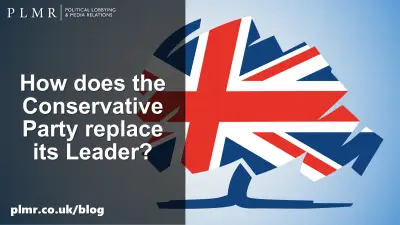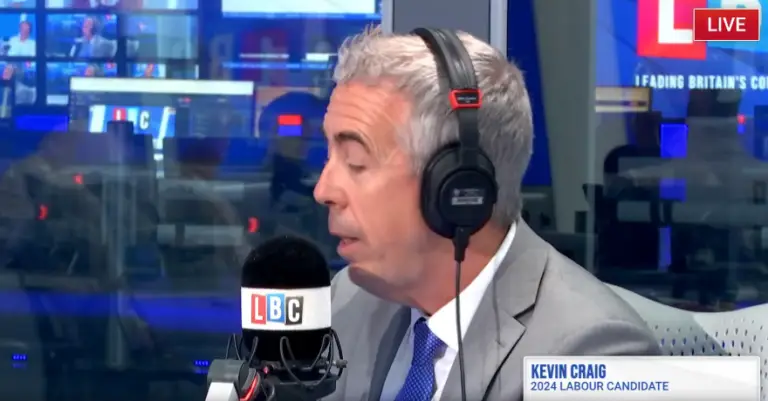It has been more than a decade since the last Conservative leadership contest in 2005 so PLMR has prepared the following Q&A on the rules, the process and the implications of such a contest.
How can Conservative MPs initiate a leadership challenge?
Under rules adopted in 1998, a Conservative leadership contest can be started in two ways: the resignation of the serving leader, or as a result of a vote of no confidence in the current by the Conservative Parliamentary Party. A vote of no-confidence is called if 15% of Conservative MPs (that is 50 MPs based on the current size of the parliamentary party) write to the Chairman of the 1922 Committee (the body which represents backbench Tory MPs) to request such a vote.
If a no confidence vote is called then all serving Conservative MPs cast a vote for or against the serving leader. If the David Cameron loses this vote then a leadership election is called (and in which David Cameron may not stand as a candidate).
It does not take long to secure the signature of 50 Conservative MPs – last week, in response to George Osborne’s threat to call an ‘emergency Brexit budget’, no fewer than 57 Conservative MPs pledged to vote down such a budget in just a couple of hours. In the event of a UK vote for Leave, expect events – and plots – to move quickly in Westminster.
Who can stand for the leadership?
Following a vote of no confidence, any serving Conservative MP (except David Cameron) could stand as a candidate for the leadership provided they can secure the nomination of just two of their fellow Conservative MPs.
If two candidates stand, then the election immediately proceeds to a ballot of all party members. If more than two candidates stand (as in 2001 and 2005), then Conservative MPs vote in a series of ballots to reduce the number to two. On each round, the candidate with the fewest votes is eliminated. If two or more candidates tie for last place in a ballot (as happened in the 2001 contest), then that ballot is repeated, and if the tie remains, all bottom-placed candidates are eliminated. Candidates may also withdraw between rounds (this also happened in the 2001 contest).
Who gets to vote?
Conservative MPs vote in a series of ballots to reduce the list of candidates down to just two. All Conservative Party members – on a ‘one member, one vote’ basis – then vote on which of these two finalists should become the leader.
How quickly can the process be conducted?
The 2001 contest took 98 days whilst the 2005 contest took just 61 days. (Although Michael Howard announced he would be resigning in May 2005 following defeat in the General Election, he did not formally tend his resignation until 7 October). Because the Conservatives are in power there is likely to be significant pressure to conduct a quick leadership contest.
Who runs the country whilst all this going on?
It is likely that David Cameron will continue to serve as Prime Minister until his successor as Conservative Leader is elected.
What are the chances that a maverick backbencher – a ‘Tory Corbyn’ – could win?
It is highly unlikely but not impossible. Although a Conservative leadership candidate requires far fewer nominations from their fellow MPs to enter the contest than their Labour equivalents do, it is unlikely that a ‘maverick’ could successfully progress through the successive parliamentary ballots to make it into the final two. Even if they did, the Conservative Party has much stricter membership rules (for example, not offering ‘affiliated’ or ‘registered’ member status) and a higher annual membership price than Labour, thus making the sort of entryism seen in the 2015 Labour leadership contest costly if not impossible.




